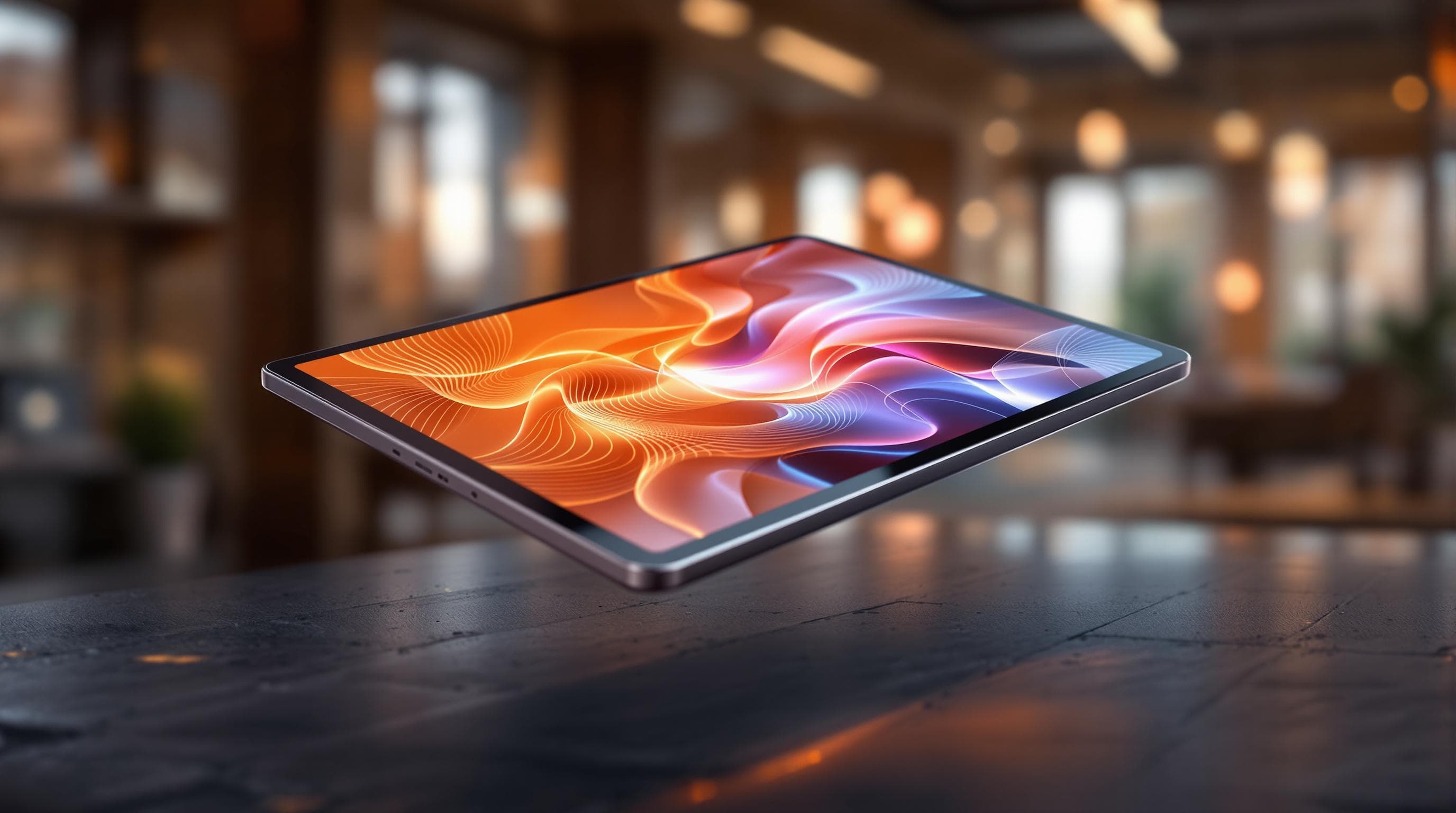
In an era where simplicity often speaks louder than complexity, minimalist design has carved a niche for itself. This approach transcends mere aesthetics, influencing how users interact with digital content. When applied to form design, minimalism can transform mundane tasks into seamless experiences. As creators and users, embracing minimalist themes can significantly enhance both engagement and functionality.
The Essence of Minimalism in Form Design
Minimalism is more than just an artistic style; it’s a philosophy that emphasizes the power of simplicity. In the context of form design, minimalism removes clutter, allowing users to focus on essential elements without distraction. This approach not only improves usability but also aligns with the growing demand for faster, more efficient interactions.
Why Minimalism Matters:
- Enhanced User Experience: A clutter-free interface reduces cognitive load, making forms easier to navigate and complete.
- Increased Conversion Rates: Simplified designs have been shown to boost user engagement and conversion rates.
- Improved Accessibility: Clean layouts are more accessible, catering to a broader audience, including those with visual impairments.
- Brand Perception: A sleek, minimalist form can enhance brand perception, portraying professionalism and modernity.
Creating Impactful Minimalist Forms
Designing minimalist forms requires a strategic approach. Here’s how you can craft forms that are not only functional but also visually appealing:
Focus on Functionality
Before diving into design, it's crucial to define the primary goal of your form. Whether it’s collecting user feedback, processing signups, or conducting surveys, clarity on the form’s purpose will guide your design decisions.
-
Identify Essential Fields: Strip your form down to the necessities. Each field should have a clear purpose. Avoid overloading users with unnecessary questions.
-
Prioritize User Flow: Arrange fields logically, guiding users smoothly from one question to the next. Consider using progressive disclosure—revealing additional fields only when necessary.
-
Leverage Smart Defaults: Pre-fill fields where possible to save users time and effort. This small touch can significantly enhance user satisfaction.
Design with Intention
With your form’s functionality outlined, the design phase begins. The aim is to create a visually appealing form that doesn't compromise on usability.
-
Embrace White Space: Don’t be afraid of empty space. White space enhances readability and draws attention to key elements.
-
Use a Limited Color Palette: Stick to a few complementary colors to maintain a clean look. This also ensures that your form is visually cohesive.
-
Consistent Typography: Choose a simple, legible font. Consistency in font style and size fosters a sense of uniformity and professionalism.
-
Subtle Use of Icons: Icons can guide users and enhance understanding. Use them sparingly and ensure they align with the overall design aesthetic.
Integrate Responsive Design
In our mobile-first environment, ensuring your forms are responsive is non-negotiable. A minimalist design philosophy naturally complements responsive design principles.
-
Flexible Layouts: Design forms that adapt to different screen sizes without losing functionality.
-
Touch-Friendly Elements: Ensure buttons and fields are appropriately sized for touch interaction, reducing user frustration.
Test and Iterate
The journey doesn't end once your form is live. Continuous testing and iteration are key to maintaining an effective minimalist design.
-
A/B Testing: Experiment with different design elements to see what resonates best with your audience. This could involve testing different color schemes or field arrangements.
-
User Feedback: Encourage users to share their experiences with your form, using this feedback to drive improvements.
-
Analytics Monitoring: Utilize tools like Google Analytics or Ezpa.ge's in-depth analytics to track form performance and identify areas for enhancement.
The Transformative Power of Minimalist Themes
The advantages of minimalist themes extend beyond individual form completion rates. Adopting this design philosophy can revolutionize how users interact with your brand at a broader level. By focusing on simplicity and clarity, you create an environment where users feel valued and understood.
Key Takeaways:
- Minimalist design enhances usability and accessibility.
- Focusing on essential elements streamlines the user journey.
- Responsive, mobile-friendly designs cater to a wider audience.
- Testing and iteration are essential for ongoing improvement.
Final Thoughts
Embracing minimalist themes in form design is an investment in user experience and brand perception. By stripping away the non-essential, you allow your forms to truly shine, creating a seamless interaction that resonates with users.
If you’re ready to elevate your form design, consider exploring the powerful features offered by platforms like Ezpa.ge. With customizable themes, mobile optimization, and in-depth analytics, Ezpa.ge provides the tools you need to create stunning, minimalist forms.
Take the First Step
Transform your forms today. Experiment with minimalist themes and witness the impact on user engagement and satisfaction. Visit Ezpa.ge to start building forms that are not only functional but also a delight to use.
Remember, in the world of form design, less is often more. By embracing minimalism, you’re not just creating forms; you’re crafting experiences that leave a lasting impression.



